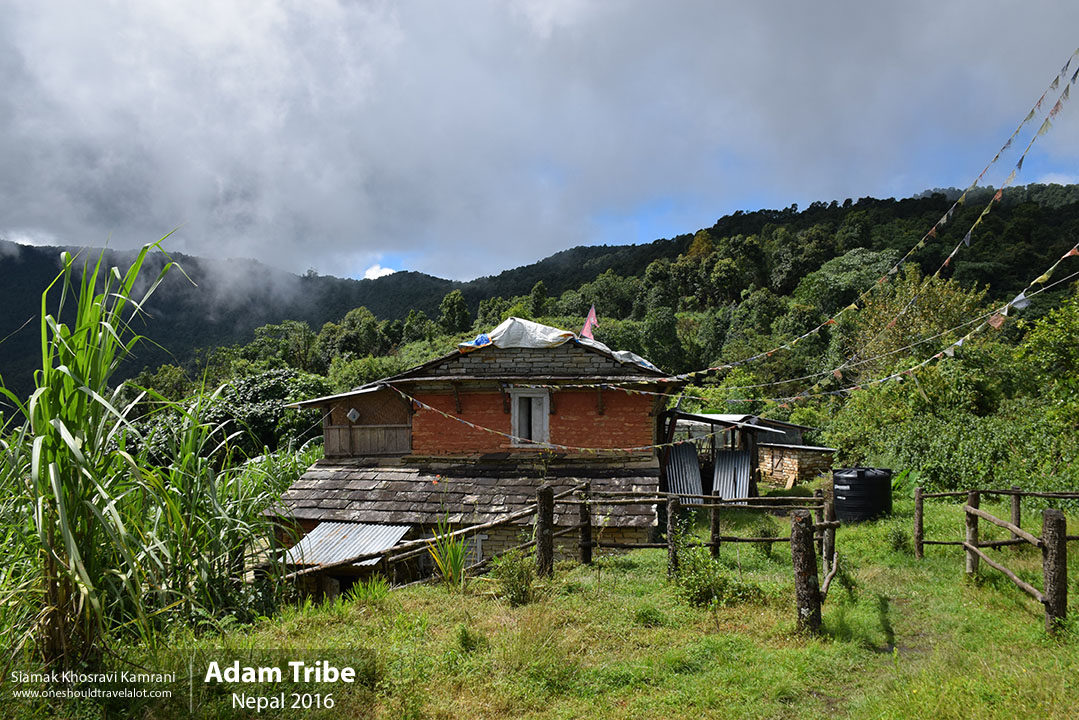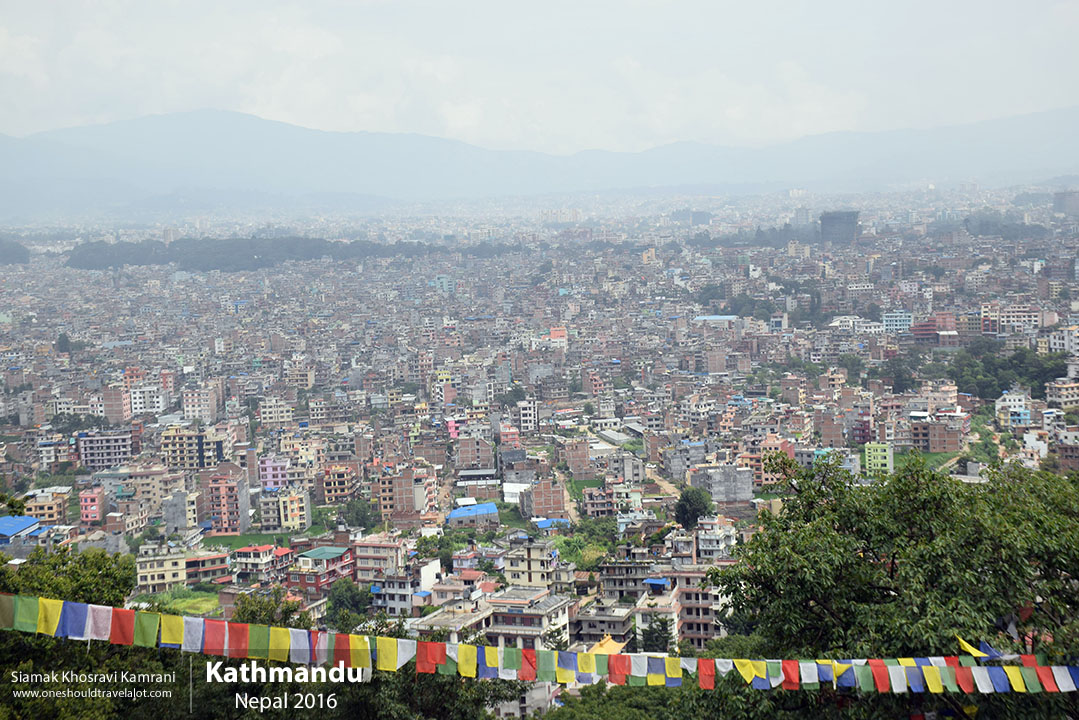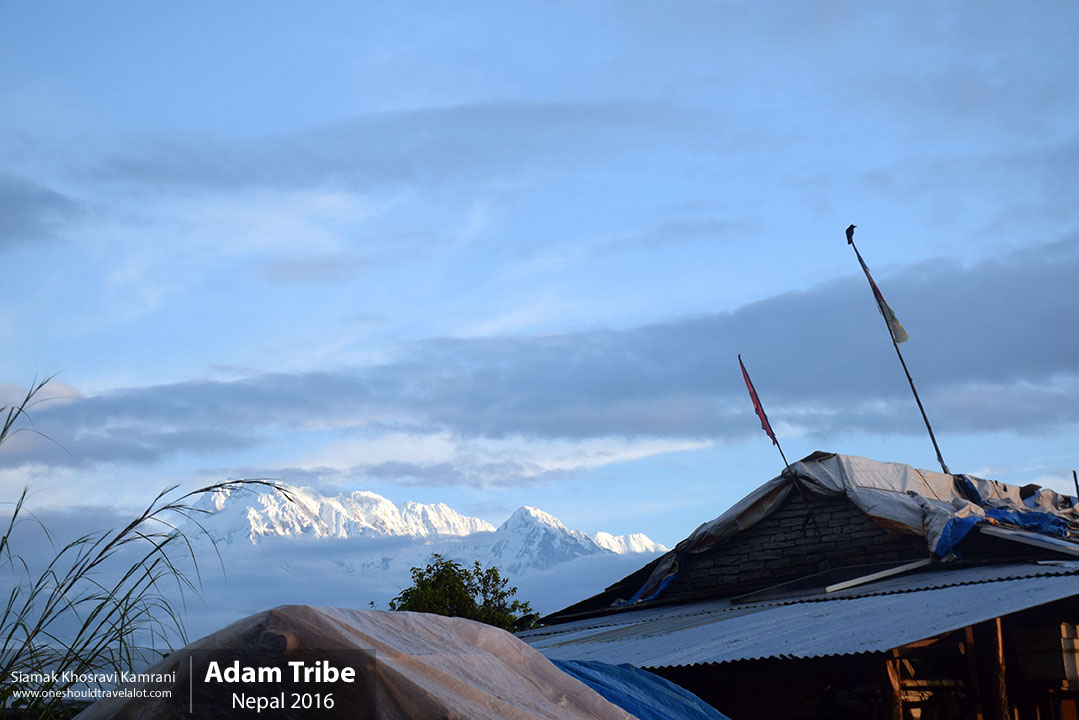Discovering Manakamana: A Photographer’s Journey
As a travel photographer, my adventures have taken me to some of the most breathtaking places on Earth, each with its own unique charm and story. Today, I want to share my journey to Manakamana, a small yet profoundly significant village in Nepal. Nestled in the Gorkha district, this village is a spiritual haven and a testament to the rich cultural heritage of Nepal. Join me as I recount my experiences, the captivating landscapes, and the vibrant traditions that make Manakamana a place worth exploring.
Arriving in Manakamana: First Impressions
My journey to Manakamana began with a sense of excitement and curiosity. After a scenic drive from Kathmandu, the capital of Nepal, I arrived at the base of the hill where Manakamana is perched. The lush greenery and the cool mountain breeze instantly invigorated my senses. To reach the village, one must take a cable car ride, which in itself is an exhilarating experience. The cable car glides over the dense forests and terraced fields, offering panoramic views of the surrounding hills and valleys.
As the cable car ascended, I could feel the spiritual energy that envelops this place. Manakamana is renowned for the Manakamana Temple, dedicated to the Hindu goddess Bhagwati. The temple is a major pilgrimage site, attracting devotees from all over Nepal and beyond, who come to seek blessings and fulfill their wishes.
The Spiritual Heart: Manakamana Temple
The Manakamana Temple is the beating heart of this village. Upon reaching the top, I was greeted by the sight of the temple’s pagoda-style architecture, standing gracefully against the backdrop of the Himalayan foothills. The temple is believed to be over four centuries old and is a masterpiece of traditional Nepali craftsmanship.
Inside the temple, the atmosphere is serene and filled with a sense of devotion. The air is thick with the fragrance of incense, and the sound of bells and chants adds to the spiritual ambiance. As a photographer, capturing the essence of such a sacred place requires sensitivity and respect. I spent hours observing the rituals, the intricate wood carvings, and the expressions of the devotees. Each photograph I took felt like a window into the soul of this place.
Immersing in Local Culture and Traditions
Beyond the temple, Manakamana offers a glimpse into the daily lives of the local people. The village is home to various ethnic groups, including the Gurungs and Magars, each with its own unique customs and traditions. Walking through the narrow lanes, I encountered friendly villagers who welcomed me with warm smiles and curious glances.
One of the highlights of my visit was witnessing a traditional Gurung dance. The dancers, dressed in vibrant attire, performed with grace and enthusiasm. Their movements told stories of love, valor, and the connection between humans and nature. It was a beautiful representation of their rich cultural heritage, and I was fortunate to capture these moments through my lens.
The Language of the Land
Nepal is a linguistically diverse country, and in Manakamana, the predominant language spoken is Nepali. However, due to its status as a pilgrimage site, you can hear a medley of languages, including Newari, Maithili, and even Hindi and English. This linguistic diversity adds to the charm of the village, making it a melting pot of cultures and traditions.
As a traveler, learning a few basic phrases in Nepali helped me connect with the locals on a deeper level. Simple greetings like “Namaste” (Hello) and “Dhanyabad” (Thank you) were met with appreciative smiles. It’s amazing how a little effort to speak the local language can bridge cultural gaps and create meaningful interactions.
The Natural Beauty of Manakamana
Manakamana is not just about spirituality and culture; it is also a paradise for nature lovers. The village is surrounded by verdant hills, dense forests, and terraced fields that create a picturesque landscape. Hiking through the trails around Manakamana offered me an opportunity to capture the natural beauty of this region.
One of the most memorable hikes was to the nearby village of Gorkha, the birthplace of King Prithvi Narayan Shah, who unified Nepal. The trail meandered through lush forests and offered breathtaking views of the Himalayas. Along the way, I encountered small villages where life seemed to move at a different pace. The simplicity and tranquility of these places were a stark contrast to the hustle and bustle of city life.
The People of Manakamana: Warm and Welcoming
The people of Manakamana are undoubtedly one of the village’s greatest assets. Their warmth and hospitality left a lasting impression on me. Whether it was the shopkeeper who offered me a cup of sweet chai or the family who invited me into their home for a meal, the kindness of the locals made my stay truly memorable.
I had the chance to interact with many villagers and learn about their way of life. Agriculture is the mainstay of the local economy, with terraced farming being a common sight. The villagers grow a variety of crops, including rice, maize, and millet. Livestock farming is also prevalent, and I often saw herds of goats and cows grazing on the hillsides.
Capturing the Essence of Manakamana
As a photographer, my goal is to capture the essence of a place and convey its story through my images. Manakamana offered a wealth of opportunities for photography. The vibrant colors of the traditional dresses, the intricate details of the temple, the serene landscapes, and the expressive faces of the locals all contributed to a rich tapestry of visual stories.
One of my favorite photographs from Manakamana is a candid shot of an elderly woman sitting outside her home, weaving a traditional basket. Her weathered face, framed by the vibrant colors of her attire, told a story of resilience and tradition. Another favorite is a wide-angle shot of the Manakamana Temple at sunrise, with the first light of day illuminating the intricate carvings and casting a golden glow over the village.
Leaving Manakamana: A Heartfelt Farewell
Leaving Manakamana was not easy. The village, with its spiritual aura, rich cultural heritage, and natural beauty, had captivated my heart. As I descended in the cable car, I took one last look at the temple, standing majestically on the hilltop, and felt a deep sense of gratitude for the experiences and memories I had gathered.
Manakamana is a place where the spiritual and the earthly coexist harmoniously. It’s a place where ancient traditions are preserved and celebrated, and where the beauty of nature is ever-present. For any traveler or photographer seeking a destination that offers a blend of spirituality, culture, and natural beauty, Manakamana is a hidden gem waiting to be discovered.



